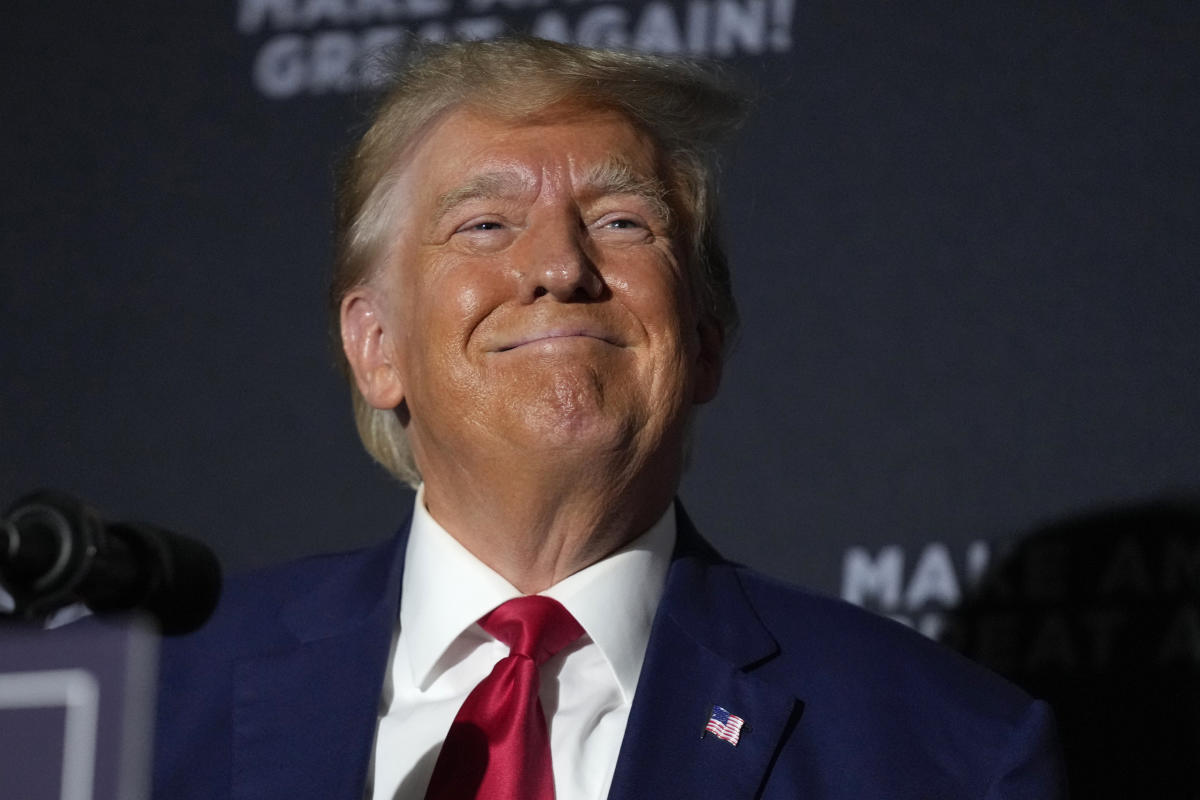Written by Samuel Shinn and Tom Westbrook
SHANGHAI/SYDNEY (Reuters) – Since China opened up to foreign investment in 1978 under Deng Xiaoping, global companies have invested hundreds of billions of dollars to buy and build factories to gain access to markets and cheap labour, which props up the Chinese currency.
A gentle downward trend in foreign direct investment gave way to a sharp decline last quarter and flows to China fell to their lowest levels since records began 25 years ago, raising the possibility of a long-term trend reversal.
Corporate leaders and their advisors say a shift is underway and political concerns are behind long-term investment decisions, leaving the yuan to face pressure from one of its strongest backers for a long time.
“FDI has historically not been a huge swing factor in the value of the exchange rate, because you have $50-$100 billion in surpluses a year,” said Logan Wright, director of China Markets Research at analytics firm Rhodium Group.
“But when that swings into a deficit, which it is now…that’s a pretty big adjustment.”
FDI inflow slowed to less than $4.9 billion in the second quarter, while Chinese firms’ overseas investment sent net direct investment into a record deficit of $34.1 billion, figures released by the China State Administration of Foreign Exchange last week. show up.
Investors and analysts say the decline is caused by companies nervous about the direction of political and competitive friction between China and the West, which has already led to trade and investment restrictions and diplomatic coldness.
Sources told Reuters that the Biden administration will likely adopt new foreign investment restrictions on China in the coming weeks. Japan, the United States and Europe have already restricted the sale of high-tech chipmaking tools to Chinese companies while China has pushed back by choking off exports of raw materials.
Diplomatic tensions aside, business confidence has already been eroded by three years of Beijing’s strict “zero COVID” policy of quarantines and lockdowns that have disrupted manufacturing and supply chains.
China’s crackdown on some industries and raids on US consulting firms were also troubling, leading companies to fret about when and where the next blow might come.
“I don’t have a single client who wants to invest in China. And there isn’t a single client,” said John Ramig, partner at Buchalter Law Firm, who specializes in international business deals and manufacturing structuring.
“Everyone is looking to either sell their Chinese operations, or if they’re looking to source products in China, they’re looking for an alternative place to do that,” he said. “This is very different from what it was five years ago.”
Oxford Economics analysts say seed flows into new production capacities, perhaps best capture forward-looking sentiment and have been declining for years to just $18 billion in 2022 from about $100 billion a year in 2010-11.
Big decisions
The decline in foreign direct investment in China is remarkable because it has long been taken for granted as a fact of global trade and its collapse heralds deeper transformations.
In contrast to the more volatile portfolio flows of investors, corporate spending, while cyclical, tends to be more steady and stable as companies create and expand production — which means that the economic consequences are likely to fade.
The pressure on the exchange rate is already beginning to be felt.
Dollar purchases via Chinese banks for outbound direct investment have consistently outpaced yuan purchases for inbound foreign investment this year, resulting in six consecutive months of outflows, according to the latest SAFE data.
The trend was also captured by Commerce Department data, which showed that paid-up foreign direct investment fell 5.6% during the first five months of the year, the largest decline in three years.
The yuan has fallen about 4% against the dollar this year, even as the greenback has fallen elsewhere, finding support only as the central bank has directed its trading range away from lows and state banks have been buying in the spot market.
To be sure, investment flows often fluctuate and many companies do not leave China entirely or at all.
Daniel Sieff, whose shoemaker Foot Cardigan has been hit by tariffs and the logistical hurdles of COVID, considered shifting production from Haining in the Yangtze River Delta to Peru, but was unable to match the quality and price of his factory in China.
“At the moment, I don’t think China has lost that advantage to us,” he said. Such inflows are only one part of the yuan’s trend and could remain strong, said Qi Lu, chief investment strategist at BNP Paribas Asset Management in Hong Kong.
However, the data shows that enough companies are making decisions to quit or avoid expanding production capacity in China that it will set the tone for capital inflows for years to come.
“The political climate is motivating Western companies to move away from China … because the benefits of being in China do not outweigh the risks,” said Lee Smith, global trade attorney at Baker Donelson.
“Many of our customers are concerned about their exposure to China as the only supplying country.”
(Reporting by Samuel Shen in Shanghai and Tom Westbrook in Singapore; Additional reporting by Winnie Zhou in Shanghai; Editing by Jacqueline Wong)



